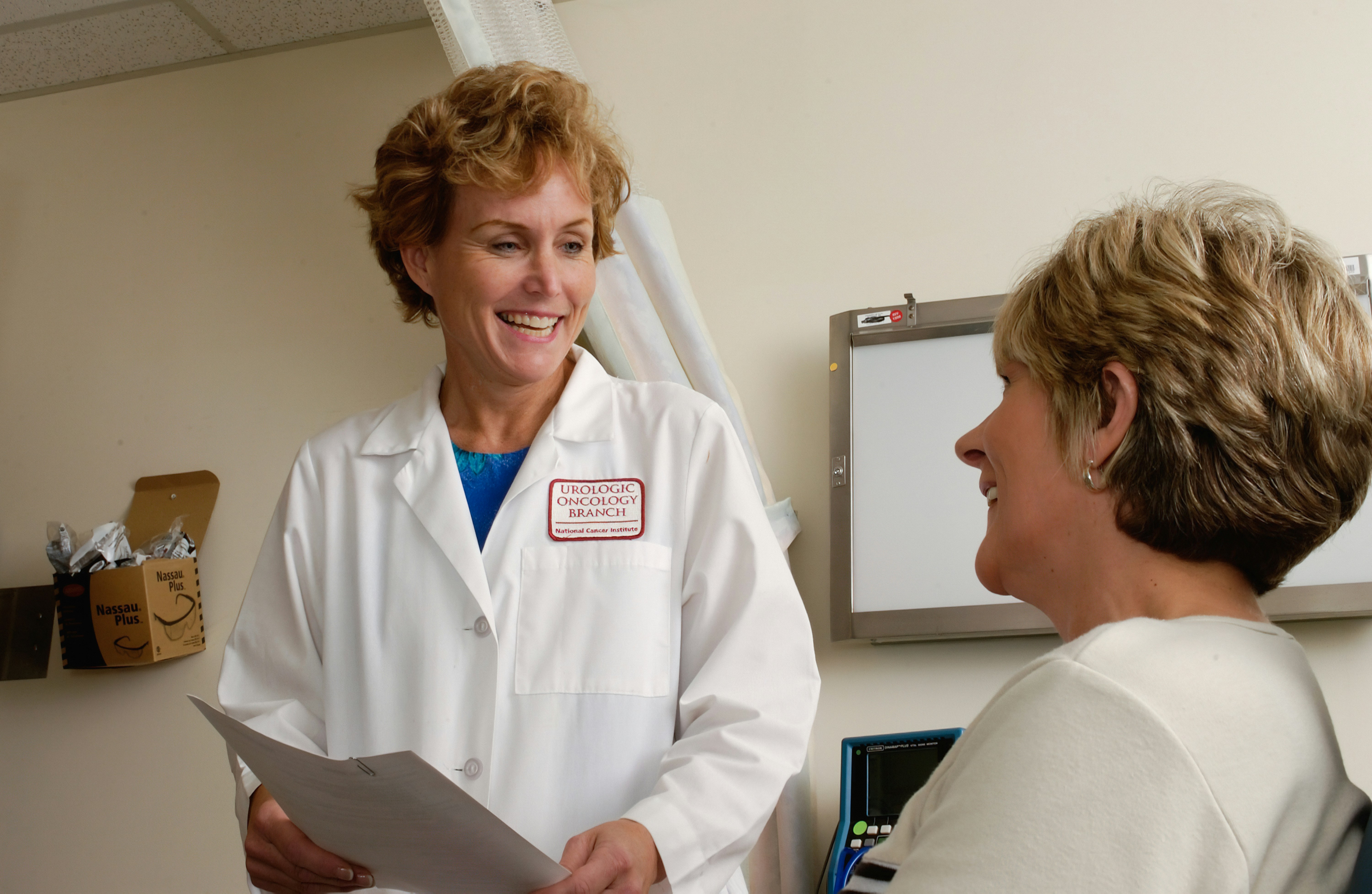Mar 18, 2025

In today's fast-paced healthcare landscape, medical professionals face numerous challenges that can hinder their productivity and efficiency. From administrative burdens to inefficient communication and time-consuming documentation processes, these obstacles can significantly impact patient care and overall healthcare delivery. However, the integration of technology into medical practices has the potential to revolutionize the way healthcare professionals work, enabling them to provide better patient care while optimizing their productivity.
This article delves into the current challenges faced by healthcare providers in terms of productivity and explores how technology can be leveraged to streamline workflows, enhance communication, and ultimately improve patient outcomes.
Current Challenges in Medical Productivity and Utilizing Technology in Healthcare
Lack of Efficiency in Administrative Tasks
In the fast-paced world of healthcare, administrative tasks often consume a significant portion of medical professionals' time and energy, hindering their ability to focus on direct patient care. From managing patient records and scheduling appointments to handling billing and insurance claims, these administrative responsibilities can be overwhelming and time-consuming.
For instance, imagine a scenario where a physician spends hours each day manually entering patient data into electronic health records (EHRs), reviewing insurance authorizations, and navigating complex billing systems. This administrative burden not only reduces the time available for face-to-face interactions with patients but also contributes to burnout and job dissatisfaction among medical staff.
Inefficient Communication between Healthcare Providers
Effective communication is the lifeblood of any healthcare organization, as it ensures seamless collaboration, coordination of care, and continuity of treatment. However, traditional communication methods, such as phone calls, faxes, and paper-based systems, can be riddled with inefficiencies, leading to delays, miscommunications, and potential errors.
Consider a situation where a patient's care involves multiple specialists from different departments or facilities. Without a streamlined communication system, vital information might get lost in the shuffle, leading to delays in diagnosis, duplication of tests, or even conflicting treatment plans. This lack of coordination not only compromises patient care but also wastes valuable time and resources, ultimately hindering productivity.
Time-Consuming Documentation Processes
Documentation is an essential aspect of healthcare, as it ensures accurate record-keeping, facilitates continuity of care, and adheres to regulatory requirements. However, the traditional method of manual documentation can be incredibly time-consuming and prone to errors, diverting valuable time and attention away from direct patient care.
Imagine a scenario where a healthcare provider spends hours after each patient encounter meticulously transcribing notes, filling out forms, and ensuring compliance with documentation standards. This laborious process not only reduces productivity but also increases the risk of errors, potentially leading to adverse patient outcomes and legal implications.
Furthermore, the sheer volume of documentation required in healthcare settings can be overwhelming, often resulting in providers spending more time documenting than interacting with patients. This disconnect between administrative tasks and direct patient care can lead to frustration, burnout, and a diminished sense of professional fulfillment among medical staff.
Ways Technology Can Boost Productivity and Promote Digital Transformation in Healthcare Practices
Electronic Health Records (EHR) Systems
Electronic Health Records (EHRs) or Electronic Medical Records (EMRs) have emerged as a game-changer in the healthcare industry, revolutionizing the way patient data is managed and accessed. By digitizing patient records and integrating them into a centralized system, EHRs streamline data entry and retrieval processes, reducing the time spent on administrative tasks and enhancing overall productivity.
Imagine a scenario where a physician can seamlessly access a patient's comprehensive medical history, test results, and treatment plans with just a few clicks. This instant access to vital information eliminates the need for time-consuming manual record searches, enabling healthcare providers to make informed decisions quickly and efficiently.
Furthermore, EHRs can automate various administrative functions, such as appointment scheduling, prescription refills, and billing. By leveraging advanced algorithms and intelligent automation, these systems can handle routine tasks with minimal human intervention, freeing up valuable time for medical professionals to focus on direct patient care.
Telemedicine and Remote Monitoring
Telemedicine and remote monitoring technologies have emerged as transformative solutions in the healthcare industry, enabling medical professionals to provide care to patients remotely. Through video consultations, secure data-sharing platforms, and advanced monitoring devices, healthcare providers can improve access to care for patients, particularly those in remote or underserved areas.
Consider a scenario where a patient in a rural community can receive specialized care from a renowned expert hundreds of miles away, without the need for lengthy and costly travel. Telemedicine not only improves access to high-quality healthcare services but also enhances productivity by reducing the time and resources required for in-person visits.
Moreover, remote monitoring technologies allow healthcare providers to closely monitor patients' vital signs, medication adherence, and overall health status from a distance. This proactive approach can help identify potential issues early, enabling timely interventions and reducing the need for unnecessary hospital visits or readmissions, ultimately optimizing healthcare resources and enhancing productivity.
Communication Platforms for Healthcare Providers
Effective communication and collaboration among healthcare providers are essential for delivering coordinated and high-quality patient care. Technological solutions, such as secure messaging platforms and collaboration tools, facilitate real-time information sharing and enable seamless coordination of care plans, leading to improved productivity and better patient outcomes.
Imagine a scenario where a multidisciplinary healthcare team can instantly share test results, consult with specialists, and coordinate treatment plans through a secure, HIPAA-compliant messaging platform. This real-time communication eliminates the need for time-consuming phone calls, faxes, or physical meetings, enabling healthcare providers to make informed decisions quickly and efficiently.
Furthermore, these communication platforms can integrate with EHRs and other healthcare systems, providing a comprehensive view of a patient's medical history, current condition, and care plan. By streamlining information flow and fostering collaboration, healthcare providers can deliver more coordinated and personalized care, ultimately leading to improved patient outcomes and enhanced productivity.
Medical Scribes Software
Documentation is a necessary but often time-consuming task for healthcare providers. Medical scribe software utilizes artificial intelligence (AI) that will alleviate this burden by automating the documentation process, allowing medical professionals to focus their full attention on patient experiences and delivering high-quality care.
Imagine a scenario where a physician can conduct a patient encounter without the constant need to manually document every detail. Intelligent software solutions can capture and transcribe the entire encounter in real-time, accurately recording patient histories, physical examinations, diagnoses, and treatment plans while adhering to industry standards and regulatory requirements.
By offloading the documentation burden, medical scribes software empowers healthcare providers to fully engage with their patients, fostering stronger provider-patient relationships and improving overall communication. This enhanced focus on direct patient care not only enhances productivity but also contributes to better patient satisfaction and outcomes.
Furthermore, these intelligent solutions can integrate with EHRs, enabling seamless healthcare data transfer and reducing the risk of errors associated with manual data entry. By streamlining documentation processes and minimizing administrative tasks, medical scribes software enables healthcare providers to dedicate more time and energy to delivering exceptional patient care, ultimately boosting productivity and operational efficiency.
Potential Challenges and Considerations in Implementing Technology for Medical Productivity
While the integration of technology into healthcare practices offers numerous benefits for boosting medical productivity, it is crucial to address potential challenges and considerations to ensure a successful and sustainable implementation.
Costs Associated with Technology Implementation
Using technologies often comes with significant upfront costs, which can be a deterrent for healthcare organizations, especially those with limited resources. The expenses associated with implementing technology solutions can include hardware and software acquisition, infrastructure upgrades, data migration, and ongoing maintenance and support.
For instance, consider the implementation of an Electronic Health Records (EHR) system. In addition to the software licensing fees, healthcare organizations may need to invest in new computers, servers, and secure data storage solutions. Furthermore, they may require specialized IT support and training programs to ensure seamless integration and user adoption.
To mitigate the financial impact, healthcare organizations should carefully evaluate the long-term return on investment (ROI) and develop a comprehensive budget plan. This may involve exploring funding options, such as grants or partnerships, and prioritizing the implementation of technologies that offer the most significant productivity gains.
Training and Education for Staff on New Technologies
Introducing new technologies into a healthcare setting requires comprehensive training and education for medical staff. Healthcare professionals must be proficient in using the new tools and systems to realize their full potential for enhancing productivity. Effective training and support should be provided to ensure a smooth transition and foster user adoption.
Imagine a scenario where a healthcare organization implements a state-of-the-art telemedicine platform without adequate training for its medical staff. The lack of familiarity with the technology could lead to frustration, errors, and ultimately, underutilization of the system, hindering productivity gains.
To address this challenge, healthcare organizations should develop comprehensive training programs tailored to the specific needs and skill levels of their staff. This may involve a combination of hands-on training sessions, online tutorials, and ongoing support from dedicated IT teams or vendor partners. Additionally, involving end-users in the implementation process can help identify potential pain points and ensure that the new technologies align with existing workflows and processes.
Ensuring Data Security and HIPAA Compliance
As healthcare organizations increasingly rely on digital solutions, ensuring data security and compliance with regulations such as the Health Insurance Portability and Accountability Act (HIPAA) becomes paramount. Implementing robust cybersecurity measures, encryption protocols, and access controls is crucial to safeguard sensitive patient information and maintain patient trust.
Consider a scenario where a healthcare provider's communication platform is compromised, leading to a breach of patient data. Such incidents can not only result in significant financial penalties and legal consequences but also erode patient trust, potentially impacting productivity and the organization's reputation.
To mitigate these risks, healthcare organizations should prioritize data security and privacy from the outset. This may involve partnering with reputable technology vendors that adhere to industry standards and best practices, conducting regular security audits, implementing strict access controls, and providing ongoing cybersecurity training for staff.
Additionally, healthcare organizations should establish clear policies and procedures for data handling, storage, and sharing, ensuring compliance with HIPAA and other relevant regulations. Failure to address these critical concerns can undermine the productivity gains achieved through technology implementation and jeopardize the overall success of the digital transformation initiative.
In the ever-evolving healthcare landscape, embracing technology is no longer an option but a necessity for enhancing medical productivity. By leveraging solutions such as EHRs, telemedicine, communication platforms, and medical scribes software, healthcare professionals can streamline workflows, reduce administrative burdens, and improve collaboration and coordination.
These technological advancements enable healthcare providers to optimize their time and resources, ultimately leading to better patient care and improved outcomes.
FAQ: Increasing Productivity of Medicine and the Future of Healthcare
Q: How can EHRs increase productivity in healthcare practices?
A: EHRs digitize patient records, streamline data entry and access, and automate administrative tasks like appointment scheduling and billing, reducing the time spent on manual processes.
Q: What are the benefits of digital medicine (telemedicine) for medical productivity?
A: Telemedicine improves access to care for patients, especially in remote areas, and reduces unnecessary hospital visits, optimizing healthcare resources and enhancing productivity.
Q: How do communication platforms facilitate better productivity among healthcare providers?
A: Secure messaging and collaboration tools enable real-time information sharing, consultation, and coordination of care plans, leading to more efficient workflows and improved patient outcomes.
Q: How can medical scribes software boost productivity?
A: These intelligent software solutions automate the documentation process, capturing and transcribing patient encounters in real-time, allowing healthcare providers to focus fully on patient care.





